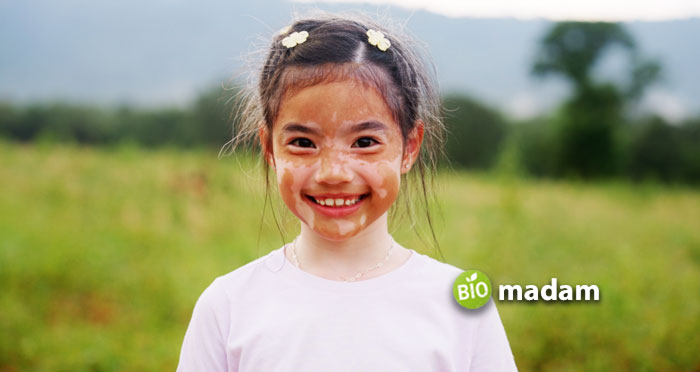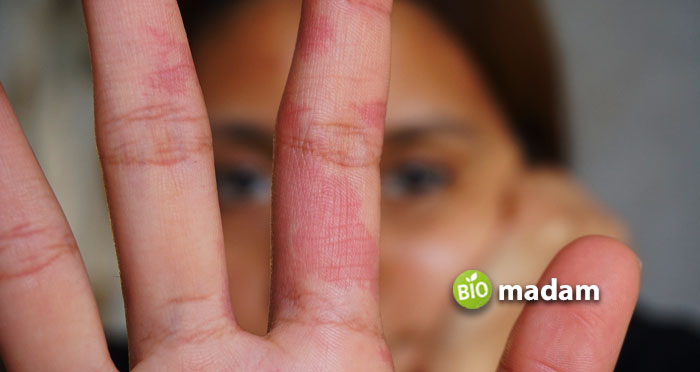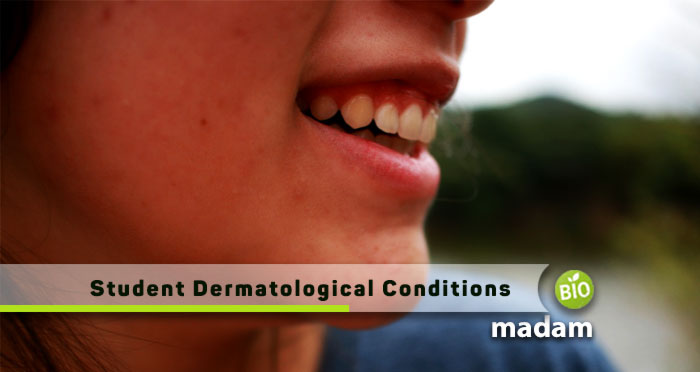Maintaining good health extends beyond just internal well-being; it also encompasses the outermost shield, our skin.
Skincare is more than just a vanity-driven concern. It plays a significant role in an individual’s overall health and confidence. Among students, skin-related health concerns can often get sidelined due to academic stress, limited awareness, and infrequent medical consultations. However, if left unchecked, these skin conditions can lead to discomfort and more severe health complications over time.
Fortunately, many treatment options are available today, including over-the-counter solutions, prescription medications, and lifestyle changes. This article presents an overview of frequent skin issues students encounter and sheds light on potential remedies.
Pearly Penile Papules (PPP)
Pearly Penile Papules (PPP), or Hirsutoid Papillomas, is a benign dermatological condition common among males, especially during their student years. These small, flesh-colored bumps appear around the edge of the glans (head) of the penis. Often mistaken for a sexually transmitted disease or genital warts, these papules are, in fact, completely harmless, non-contagious, and unrelated to sexual activity or personal hygiene.
Generally, PPP treatments are primarily aesthetic and, therefore, entirely optional. If the appearance of the papules causes distress, medical procedures such as laser therapy, cryotherapy, or electrosurgery can be considered to remove them. However, these should be discussed thoroughly with a dermatologist or urologist before proceeding.

Eczema
Eczema, or atopic dermatitis, is a chronic skin condition commonly seen among students. It’s characterized by patches of skin that become inflamed, itchy, red, cracked, and rough. In some cases, blisters may occur. While the exact cause of eczema remains unknown, it’s believed to be linked to genetic, environmental, and immunological factors.
Eczema cannot be cured entirely, but there are numerous treatments available to help manage symptoms. Topical creams and ointments containing corticosteroids or calcineurin inhibitors can help to reduce inflammation and itchiness. Moisturizers can prevent skin from drying out, a common issue in eczema sufferers. A dermatologist might prescribe systemic medications, phototherapy, or even immunosuppressants in severe cases.
Moreover, lifestyle modifications can significantly contribute to managing this condition. Regular moisturizing, using gentle skincare products, wearing non-irritating fabrics, avoiding known allergens, and managing stress can all help to reduce the frequency and severity of eczema flare-ups.
Acne
Acne is one of the most common skin conditions encountered by students, affecting up to 85% of individuals between the ages of 12 and 24. This dermatological condition is characterized by the appearance of different types of skin blemishes, such as blackheads, whiteheads, pimples, and deeper lumps (cysts or nodules), predominantly on the face, chest, and back.
Acne is primarily caused by an overproduction of oil, an accumulation of dead skin cells in the pores, and a bacterium called Propionibacterium acnes within these pores. Factors such as hormonal changes, stress, certain medications, and even genetics can contribute to its onset.
Treatment options for acne are diverse and are typically chosen based on the severity of the condition. Over-the-counter topical treatments containing ingredients such as benzoyl peroxide, salicylic acid, or sulfur can be effective for mild acne. For moderate to severe acne, a healthcare provider may prescribe topical retinoids, antibiotics, or even oral medications like isotretinoin or hormonal treatments.
Pityriasis Rosea
Pityriasis Rosea is a skin condition often seen in students, typically appearing in those between the ages of 10 and 35. It presents as a rash that starts with a single, sizeable pink patch—often called a “herald” or “mother” patch—usually on the chest, abdomen, or back. After a few days to weeks, more patches may appear on the body, often along the lines of skin tension, which gives the appearance of a “Christmas tree” pattern.
Pityriasis Rosea’s exact cause is unknown, but it’s thought to be triggered by a viral infection, specifically viruses in the herpes family. Despite this association, Pityriasis Rosea is not a sexually transmitted disease, nor is it contagious. It typically resolves on its own without treatment, usually within six to eight weeks, though in some cases, it can last longer.

While the condition usually resolves independently, treatments can be used to manage symptoms. For instance, over-the-counter remedies like anti-itch creams or antihistamines can help manage itchiness. In cases of a more severe rash, a doctor might prescribe a course of corticosteroids or antiviral medications. Exposure to sunlight or UV light therapy has also been shown to help speed up the healing process.
Final Thoughts
Like any other aspect of your health, your skin deserves attention, care, and respect. While student life can often be a whirlwind of activities and responsibilities, carve out time for skincare routines and health check-ups. Skin conditions are far from an aesthetic concern alone. They are, in fact, an integral part of overall health, often serving as the first line of defense and a mirror reflecting the body’s internal condition. The recognition, management, and treatment of these common dermatological conditions contribute significantly to students’ overall quality of life.

Hi, they call me Jenna, and I am also known for achieving a gold medal during my Ph.D. in science life. I always had a dream to educate people through my utmost writing hobby. So, I chose this blogging path, and Biomadam gave me this opportunity to present for them. I now stand to entertain you. Continue reading my articles & discuss if you’ve any confusion through the comment section below.

